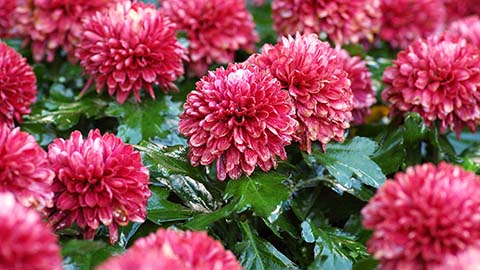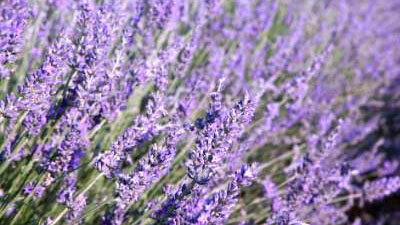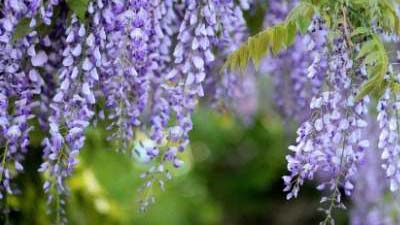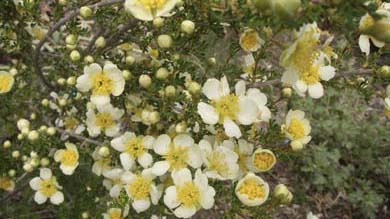Mountain Beebalm in the Landscape
Monardella odoratissima
Description
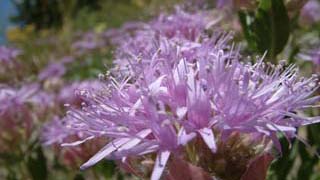
This mound-forming perennial is typically seen in higher elevations in the interior West. The lavender or rose-purple flowers are attractive to insects, especially bees and butterflies. In the mint family, its stems are sturdy and erect, and it emits a fragrant aroma of mint when brushed. This plant is easy to establish and maintain in Intermountain West landscapes and is perfect for rock gardens.
Cultural Requirements
- Native Habitat: Typically in higher elevation, rocky areas at 6,000 to 11,000 feet.
- Soil: Dry, rocky or sandy well drained
- Cold: Tolerance Zones 3 - 8
- Drought Tolerance: Medium; water one time per month in most Utah landscapes.
- Salt: Tolerance Unknown
- Sun/Shade Preference: Full sun to part shade
- Propagation: From seed, stem cuttings, or division
- Maintenance: Clip off spent flowers forappearance and repeated bloom;prune lightly in fall for a more compact appearance.
- Problems: No known cultural problems
Landscape Value
- Use in the Landscape: Borders, accents, rock gardens, ground cover
- Foliage: Glossy, ovate leaves oppositely arranged on stems; vary in color from dark green to blue-green
- Flowers: Showy, lavender or rose-purple inflorescence (cluster of flowers) arranged in a flower head
- Color: May - June
- Fruit (seedheads): Smooth, brown nutlets (4)
- Form: Mounded, sprawling
- Texture: Fine
- Ultimate Size: 1 foot tall x 2 feet wide
- Rate of Growth: Fast; blooms in the first year.
- Plant Community: Subalpine, montane, foothills
- Availability: “Utah’s Choice” selection; (visit http://www.utahschoice.org/natives/wheretobuy for more information).
- Cultivars: None of ornamental value
Propagation
Cold-moist stratify seed for up to 90 days. Germinate in a soil-less, peat-based mix at a depth of ¼ inch. Fresh seed may not need cold-stratification to germinate. Plant can be propagated from stem cuttings. Divide plants every 3 to 5 years, as needed.
Additional Photos
References
- Bartow, Amy. 2008. Propagation protocol for production of Monardella odoratissima Benth. seeds; USDA NRCS - Corvallis Plant Materials Center, Corvallis, In: Native Plant Network. URL: http://www.nativeplantnetwork.org (accessed 3 January 2009). Moscow (ID): University of Idaho, College of Natural Resources, Forest Research Nursery.
- Lady Bird Johnson Wildflower Center Native Plant Information Network (NPIN). 2008. URL: http://www.wildflower.org/plants/result.php?id_plant=MOOD
- Mee, W., J. Barnes, R. Kjelgren, R. Sutton, T. Cerny, and C. Johnson. 2003. Waterwise: Native Plants for Intermountain Landscapes. Utah State University Press, Logan, UT.
- Utah Water-wise Plants (Utah Division of Water Resources). 2008. URL: http://www.waterwiseplants.utah.gov
Utah State University Extension
Peer-reviewed fact sheet
Download PDF
Authors
Heidi Kratsch, Extension Ornamental Horticulture Specialist
Graham Hunter, Research Associate, Center for Water Efficient Landscaping
Related Research




